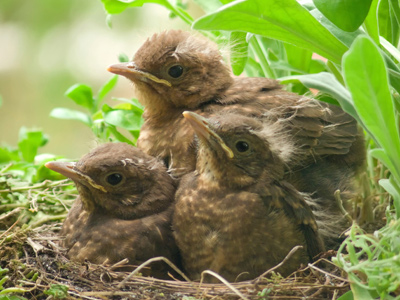
Investigating - Grouping and Classifying
This quiz addresses the requirements of the National Curriculum KS1 Science for children aged 5 and 6 in years 1 and 2. Specifically this quiz is aimed at the section dealing with investigating, grouping and classifying.
One of the things scientists do after investigating is to put things into groups. Scientists classify things. So, all things made of metal go into a group called metals. Some of those metals may be bendier or shinier than others, but they are still all metals. In science at school you will have put things into big groups, like plants, animals, metals, plastics. You can also put things into groups after investigating their properties: are things stretchy, transparent, or hard? This quiz is all about classifying and choosing which group to put things in.
Polar Bear, Arctic Fox, Arctic Hare.
Why did Alice NOT put penguins into this group?
Ready for more?
not all...
quizzers. Try to win a coveted spot on our Hall of Fame Page.

















